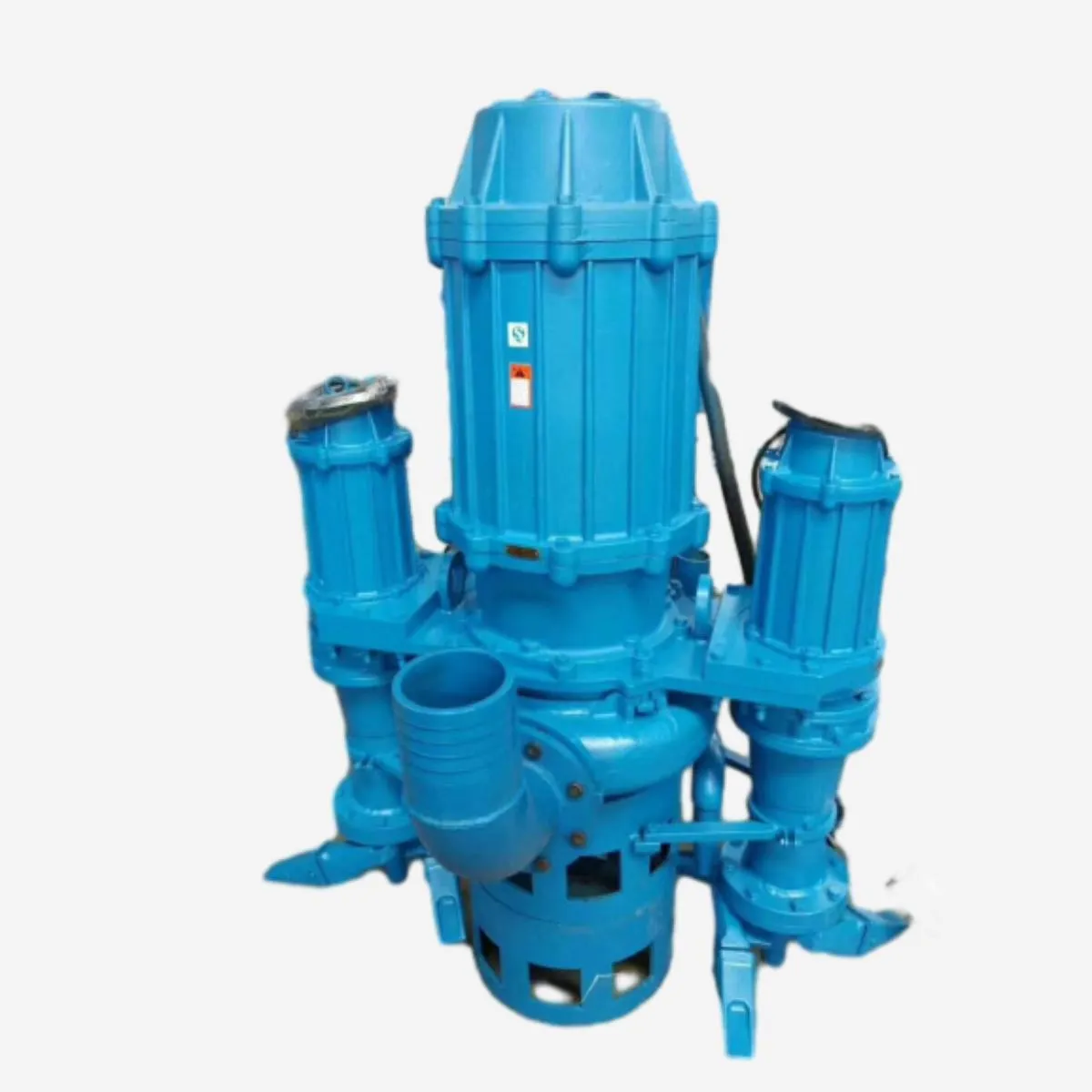English
- Afrikaans
- Albanian
- Amharic
- Arabic
- Armenian
- Azerbaijani
- Basque
- Belarusian
- Bengali
- Bosnian
- Bulgarian
- Catalan
- Cebuano
- Corsican
- Croatian
- Czech
- Danish
- Dutch
- English
- Esperanto
- Estonian
- Finnish
- French
- Frisian
- Galician
- Georgian
- German
- Greek
- Gujarati
- Haitian Creole
- hausa
- hawaiian
- Hebrew
- Hindi
- Miao
- Hungarian
- Icelandic
- igbo
- Indonesian
- irish
- Italian
- Japanese
- Javanese
- Kannada
- kazakh
- Khmer
- Rwandese
- Korean
- Kurdish
- Kyrgyz
- Lao
- Latin
- Latvian
- Lithuanian
- Luxembourgish
- Macedonian
- Malgashi
- Malay
- Malayalam
- Maltese
- Maori
- Marathi
- Mongolian
- Myanmar
- Nepali
- Norwegian
- Norwegian
- Occitan
- Pashto
- Persian
- Polish
- Portuguese
- Punjabi
- Romanian
- Russian
- Samoan
- Scottish Gaelic
- Serbian
- Sesotho
- Shona
- Sindhi
- Sinhala
- Slovak
- Slovenian
- Somali
- Spanish
- Sundanese
- Swahili
- Swedish
- Tagalog
- Tajik
- Tamil
- Tatar
- Telugu
- Thai
- Turkish
- Turkmen
- Ukrainian
- Urdu
- Uighur
- Uzbek
- Vietnamese
- Welsh
- Bantu
- Yiddish
- Yoruba
- Zulu
Telephone: +86 13120555503
Email: frank@cypump.com
Oct . 12, 2024 17:05 Back to list
sewage ejector pump system
Understanding Sewage Ejector Pump Systems
Sewage ejector pump systems play a crucial role in modern plumbing and sanitation, particularly in residential and commercial settings where gravity drainage is insufficient. These systems are designed to handle wastewater and sewage from below the level of the municipal sewer line, ensuring that waste is effectively transported to the appropriate disposal or treatment facilities.
What is a Sewage Ejector Pump?
A sewage ejector pump is a type of submersible pump specifically engineered to handle the discharge of wastewater, including solids that are larger than what typical sewage pumps can manage. These pumps are typically located in a sewage basin or pit where waste accumulates. When the wastewater level rises to a certain point, the pump is activated, pushing the sewage through pipes to the main sewer line or a septic system.
How Does It Work?
The operation of a sewage ejector pump is relatively straightforward. Wastewater enters the basin through various sources such as sinks, toilets, and laundry facilities. Inside the basin, the pump contains a float switch that monitors the water level. When the water reaches a predetermined height, the float switch activates the pump, which then begins to draw in the wastewater.
Once the pump is operational, it uses centrifugal force to propel the waste through a discharge pipe, often located at a higher elevation. This mechanism is essential for homes or buildings situated below the level of the municipal sewer line or in areas with challenging terrain. As soon as the water level decreases, the float switch will turn off the pump to conserve energy.
Key Components of a Sewage Ejector Pump System
sewage ejector pump system

The main components of a sewage ejector pump system include
1. The Pump A durable submersible pump capable of handling solids and heavy wastewater. 2. The Basin A pit or tank that collects sewage before it is pumped out. It is often equipped with a lid to minimize odors and prevent debris from entering. 3. Discharge Pipe A pipe that carries sewage from the basin to the municipal sewer line or septic system. It must be appropriately sized to handle the flow. 4. Float Switch An essential device that triggers the pump when wastewater reaches a specific level. 5. Check Valve A valve installed in the discharge line that prevents backflow of sewage into the basin once the pump shuts off, ensuring hygienic conditions.
Benefits of Sewage Ejector Pump Systems
Sewage ejector pump systems provide numerous advantages
- Effective Waste Management They allow for the efficient disposal of sewage from locations where gravity systems are not feasible. - Prevention of Basement Flooding By removing wastewater promptly, these pumps reduce the risk of flooding in basements and lower levels of buildings, which can lead to significant property damage and health hazards. - Versatility They can be used in various applications, from residential homes to commercial establishments, ensuring that sewage is managed effectively regardless of the building layout. - Cost-Effective The installation of a sewage ejector pump can often be less expensive than major plumbing alterations, such as installing new gravity drainage systems.
Conclusion
In summary, sewage ejector pump systems are an essential component of modern waste management, particularly in areas where traditional sewage solutions fall short. By understanding their function and operation, property owners can maintain efficient sanitary systems, safeguarding their homes and the community at large. Regular maintenance and monitoring of these systems will further ensure their longevity and effectiveness, making them a worthwhile investment for any property.
-
Horizontal Split Case Pump with GPT-4 Turbo | High Efficiency
NewsAug.01,2025
-
ISG Series Pipeline Pump - Chi Yuan Pumps | High Efficiency, Durable Design
NewsAug.01,2025
-
Advanced Flue Gas Desulfurization Pump with GPT-4 Turbo | Durable & Efficient
NewsJul.31,2025
-
ISG Series Vertical Pipeline Pump - Chi Yuan Pumps | Advanced Hydraulic Design&Durable Construction
NewsJul.31,2025
-
ISG Series Vertical Pipeline Pump - Chi Yuan Pumps | Energy Efficient & Low Noise
NewsJul.31,2025
-
pipeline pump - Chi Yuan Pumps Co., LTD.|High Efficiency&Low Noise
NewsJul.31,2025










